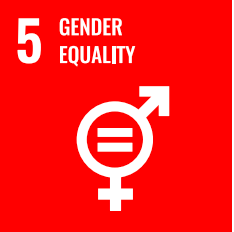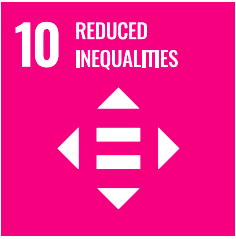
Words matter. Let us find the right ones.
Representing and including everyone in your internal and external communication is a make-it-or-break-it point in the authenticity of your DEIB endeavors.


WHY IS INCLUSIVE LANGUAGE IMPORTANT?
Did you know that...
...34% of employees have already quit their jobs because employers "couldn't find the right words"?
Feeling unseen or unappreciated, or even explicitly linguistically excluded, doesn't feel good. This feeling ultimately affects how connected we feel to an organization, brand, and people.
Language makes a difference: Through it, we constantly communicate and receive symbols and messages about ourselves and our environment. Language significantly influences how we perceive our opportunities and limitations, and how we position ourselves in the world.
Reach target audiences
authentically
Reach external and internal audiences authentically - both in marketing services/products to customers and regarding employees.
Position yourself visibly as an organization that values inclusion - thereby gaining early adopters for your DEIB (Diversity, Equity, Inclusion, and Belonging) strategy. Additionally, this makes you particularly visible and attractive to top talents, especially from Gen Z.
Increased productivity and sense of belonging
By valuing diversity through language, employee satisfaction and organizational belonging can be enhanced.
New dialogues emerge that support the organizational goal of lifelong learning. Innovative ideas are more openly shared in an appreciative environment where every individual feels linguistically represented, heard, and respected.
BENEFITS FOR YOUR ORGANIZATION
Inclusive language training
Fair representation, authentic communication 💬
What are pronouns? How does framing affect our perception? What is Easy Language, and why do we need more than subtitles to make our content accessible? How do we avoid stereotypes in spoken language and written text? What do studies say about how inclusive language and representation of diversity in images and words affect our market share and brand positioning?
(Spoiler Alert: A lot!)
We discuss these questions and more in an inclusive communication training.
Learn how to effectively address and fairly represent people, as well as avoid stereotypes and biases in visual and verbal contexts.
We practice directly with examples from media and marketing, gather for interactive exercises, and learn concrete tools. Afterwards, you'll be a pro at understanding how diversity dimensions are reflected in language. Promise! 😉


...Marketing and PR departments, journalists, media designers, and individuals in businesses, organizations, government agencies, and educational institutions who aim to establish discrimination-sensitive and inclusive language practices but do not yet have internal guidelines.
Depending on preference, the workshop can focus on internal communication and dialogue with employees, or on external representation and communication with customers.
Who is this for?


Great to combine with


Let's get this started!
I am thrilled to working with you on your DEIB journey!
Please fill out the form.
The more specific the information you provide, the better - however, do not worry if you do not know some of the parameters yet. We will talk about everything in detail on our first call.
I am looking forward to our collaboration and wish you a wonderful day!
If you have any questions, please do not hesitate to reach out.










